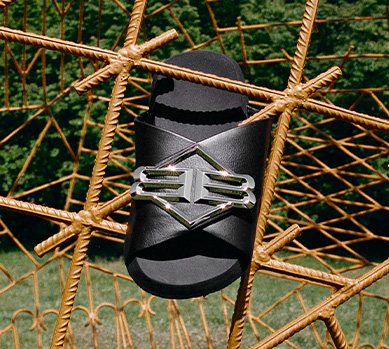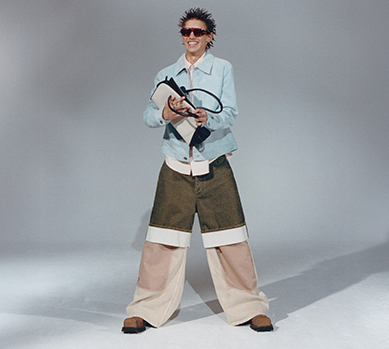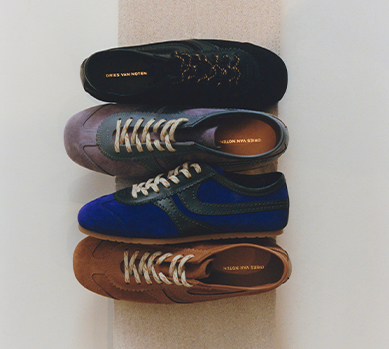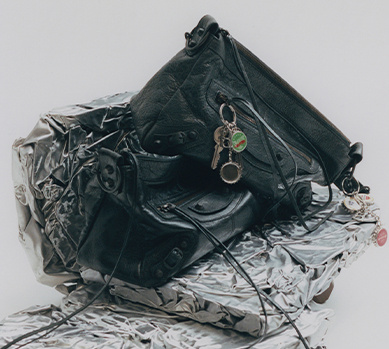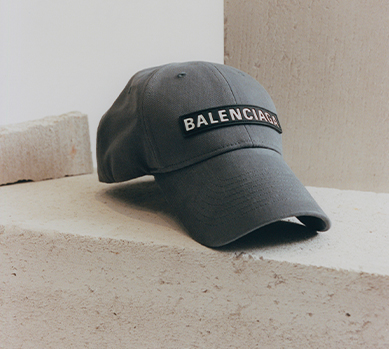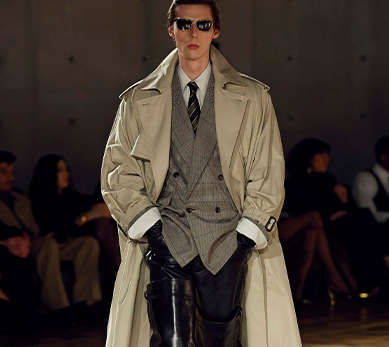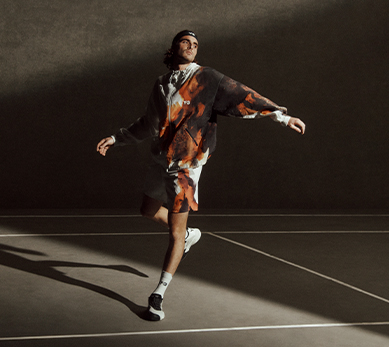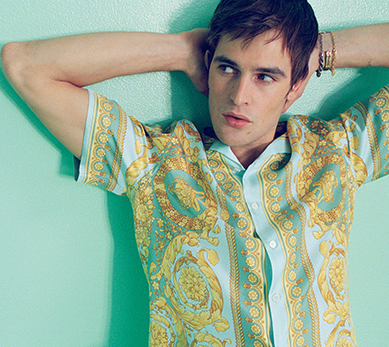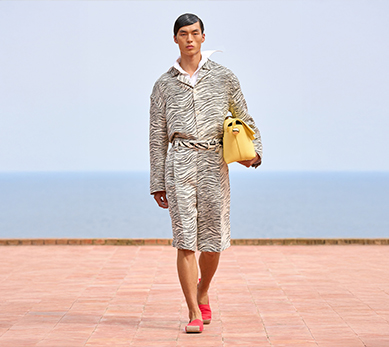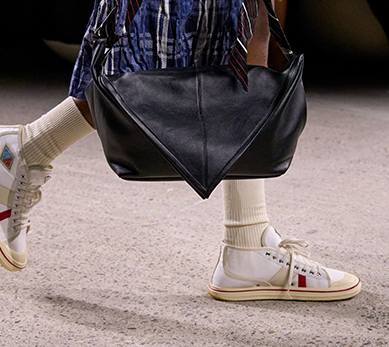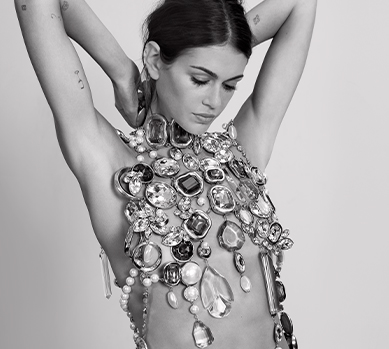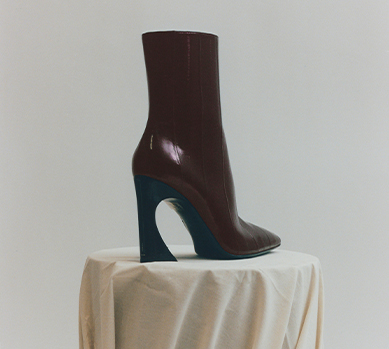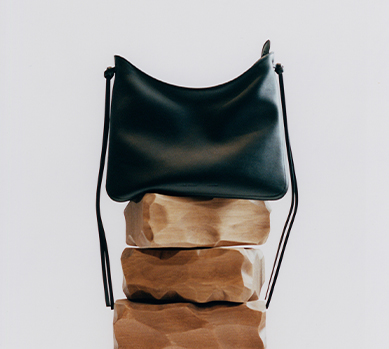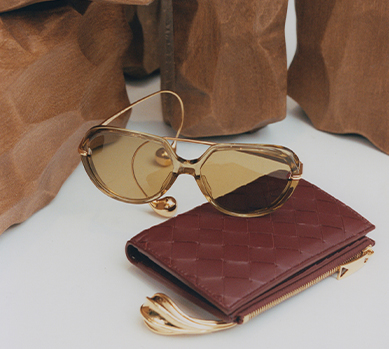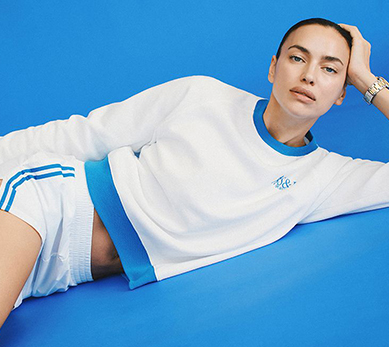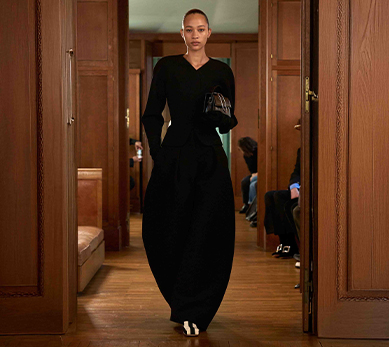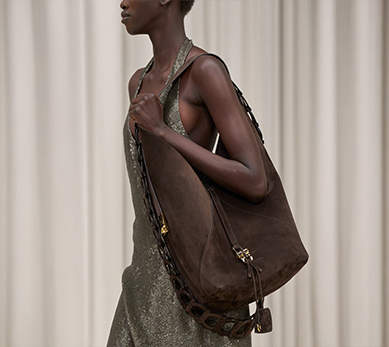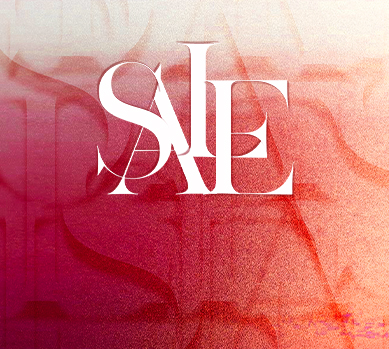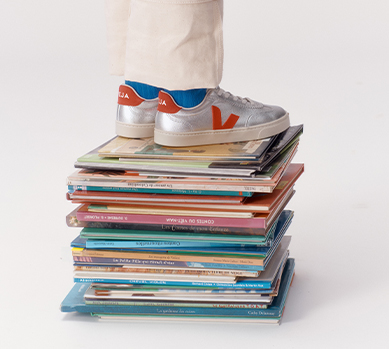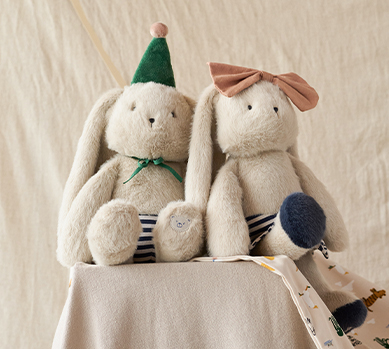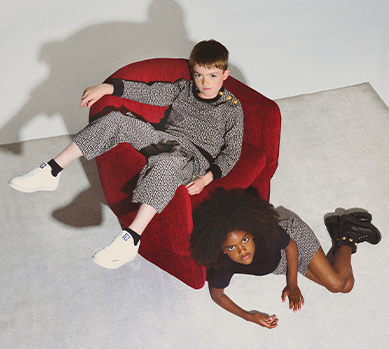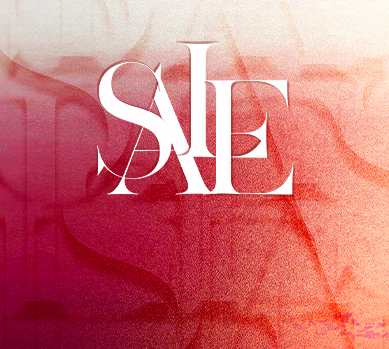British fashion brands: a guide to luxury, tradition, and the avant-garde
Fashion

British fashion is where tradition meets rebellion. Discover the brands redefining luxury for a new era.
Often reduced to the stereotypical image of a classic trench coat and ubiquitous plaid, British women's fashion is, in reality, a far more complex and dynamic ecosystem. It is a world where the centuries-old tailoring tradition of Savile Row collides with the anarchic energy of London's subcultures, and where aristocratic restraint walks hand-in-hand with avant-garde deconstruction. English clothing brands in the premium and luxury sectors are not just garments; they are carriers of cultural heritage that adapt with remarkable skill to the demands of the modern world without losing their unique identity.
This article serves as an in-depth guide to the pillars of British style, from its historical roots to its contemporary manifestations on the world's runways. We will explore what truly defines the "Made in UK" aesthetic, trace the evolution of key fashion houses, and consider how a new generation of designers is shaping the future of this fascinating industry.
Defining British style: between tradition and rebellion
It is a common oversimplification to equate British style solely with countryside elegance and royal protocol. While these elements are undeniably part of its foundation, they represent only a fraction of the larger picture. British style in womenswear is a unique fusion of classicism and functionality, drawing inspiration from aristocratic tradition but constantly reinterpreted through the lens of a vibrant, urban culture.
Its core is built on several key principles:
- Quality of Materials: Wool, tweed, cashmere, and high-grade cotton are fundamental. The British value fabrics that are not only beautiful but, above all, durable and functional—capable of withstanding the famously capricious island weather.
- Subdued Color Palette: Earth tones dominate—beiges, browns, greens, navies, and grays. They provide the perfect backdrop for more expressive accents.
- Distinctive Patterns: Tartan, Prince of Wales check, herringbone, and houndstooth are patterns inextricably linked to British fashion.
However, this solid, classic foundation is perpetually challenged by a spirit of rebellion. From the fashion revolution of Swinging London in the 1960s, symbolized by Mary Quant's miniskirt, through the punk anarchy of the '70s initiated by Vivienne Westwood, to the eccentricity of contemporary designers—British fashion has always contained an element of dissent against the status quo. This tension between respect for the past and a desire to shape the future is what makes it so compelling.
Icons of British luxury: three pillars of style
The landscape of British luxury brands is shaped by a few key archetypes that, though different, collectively define the global perception of British design. Each represents a distinct approach to heritage, innovation, and expression.
Heritage and craftsmanship: houses of tradition
At the forefront of this group stands Burberry, a brand with over a century of history, whose hallmark is the trench coat originally designed for the military. Its evolution from a manufacturer of functional outerwear to a global symbol of luxury is a case study in masterful heritage management. An unwavering commitment to craftsmanship, the iconic check pattern, and the ability to refresh classics ensure the brand remains synonymous with timeless elegance. Alongside Burberry are brands like Barbour, famous for its waxed jackets that are the quintessence of countryside style, and Mulberry, whose leather handbags, led by the iconic Bayswater model, have become objects of desire worldwide.
Theatrical avant-garde: visionaries pushing boundaries
At the opposite end of the spectrum are designers who treat fashion as an art form. The undisputed king of this aesthetic was Alexander McQueen, whose shows were meticulously directed spectacles and whose collections served as dark, romantic commentaries on reality. His legacy is carried on by brands like J.W. Anderson and Gareth Pugh, who blend historical references with futuristic technologies and deconstruct classic forms. One cannot forget the godmother of British rebellion, Vivienne Westwood, who, until the end of her career, used fashion as a platform for political and social activism.
Understated chic: modern minimalism
The third crucial archetype comprises brands focused on perfect tailoring, clean lines, and discreet luxury. Stella McCartney leads the way here as a pioneer of sustainable fashion, whose designs—from perfectly tailored suits to vegan accessories—redefine the contemporary wardrobe. A similar philosophy is embraced by Victoria Beckham, whose brand has become synonymous with modern, feminine power expressed through flawless silhouettes and luxurious fabrics. This group also includes companies like Joseph and Margaret Howell, celebrated for their timeless, minimalist design.
Accessible luxury: the power of the premium high street
The true strength of British fashion lies not only in its luxury houses but also in its exceptionally strong "premium high street" sector. These are brands that offer excellent quality and modern design at a more accessible price point, forming the backbone of many British women's wardrobes. Companies like Reiss, known for its elegant tailoring, and Whistles, offering modern, urban collections, perfectly fill the gap between luxury and mass-market fashion.
This category also includes AllSaints, a brand with a rock 'n' roll edge, famous for its leather jackets and nonchalant aesthetic, and Ted Baker, which combines classic British style with a touch of eccentric humor. These brands prove that high quality and compelling design can be available to a broader audience.
The royal influence: "The Kate Effect"
One cannot discuss British fashion without mentioning the immense influence of the royal family. The style of the Princess of Wales, Kate Middleton, known as "The Kate Effect," has the real power to skyrocket the popularity and sales of the brands she wears. Her choices, often mixing luxury designers with more accessible brands, are closely watched around the world.
The Princess regularly appears in creations by Alexander McQueen for major state occasions, cementing the brand's status as a royal favorite. Simultaneously, she champions brands such as L.K. Bennett, Jenny Packham, and Temperley London, giving them international recognition. This phenomenon highlights the unique role the monarchy plays as an informal ambassador for the British fashion industry.
Completing the look: British accessories and footwear
Style is about more than just clothes—it's also about the accessories that complete an outfit. British brands specializing in accessories enjoy an equally stellar reputation.
- Handbags: Beyond the aforementioned Mulberry, it is worth noting Aspinal of London, which offers classic, luxurious leather goods.
- Footwear: The icon here is Dr. Martens, whose chunky boots have transcended their subcultural roots to become a global phenomenon. In the more classic segment, brands like Church's and Russell & Bromley reign, offering artisanal footwear of the highest quality.
- Jewelry: The scene is dominated by designers like Stephen Webster with his rock-glam aesthetic, and Monica Vinader, whose subtle, personalized jewelry has gained immense popularity.
Sustainability: a new pillar of British luxury
In the face of the global climate crisis, the concept of luxury is being redefined. Increasingly, it is equated with ethical and environmental responsibility. British premium brands are at the forefront of this change. From the beginning of her career, Stella McCartney made sustainability the foundation of her brand, forgoing leather and fur and investing in innovative, eco-friendly materials.
Larger premium brands, with their broader scale of operations, are focusing on reducing their carbon footprint, introducing circular models (like repair or resale programs), and increasing supply chain transparency. In this way, ethical production and care for the planet are no longer optional but have become fundamental requirements for any brand aspiring to be considered luxury.
Conclusion: the unwavering strength of British fashion
The landscape created by English clothing brands is incredibly rich and diverse. It is a dynamic space where respect for artisanal heritage coexists with the courage to experiment. From timeless coats and conceptual creations to perfectly tailored dresses, British fashion offers a wide spectrum of possibilities for the discerning client.
Its strength lies in its ability to adapt. It has survived wars, cultural revolutions, and technological transformations, emerging stronger each time. Today, as it confronts the challenges of sustainability, it once again proves its resilience and innovative spirit.
Key takeaways
- British womenswear is a complex and dynamic ecosystem that blends centuries-old tailoring traditions with the anarchic energy of subcultures, skillfully adapting its cultural heritage to the modern era.
- British style is founded on a unique combination of classicism and functionality, drawing from aristocratic tradition while constantly being reinterpreted through an urban lens. It is characterized by high-quality materials, a subdued color palette, and iconic patterns like tartan and plaid.
- The essence of British fashion lies in the perpetual tension between respect for the past and a spirit of rebellion, visible from the Swinging London revolution to Vivienne Westwood's punk anarchy, which gives it a fascinating and dynamic character.
- The British luxury scene is dominated by three archetypes: heritage and craftsmanship (e.g., Burberry), theatrical avant-garde visionaries (e.g., Alexander McQueen), and designers of understated, modern minimalism (e.g., Stella McCartney).
- A major strength of British fashion is its "premium high street" sector, which offers excellent quality and contemporary design at an accessible price. Brands like Reiss and Whistles bridge the gap between luxury and mass-market fashion.
- The royal family, particularly the style of the Princess of Wales, has a significant impact on brand popularity. "The Kate Effect" has boosted sales and recognition for both luxury designers and more accessible labels, cementing their international standing.
- Sustainability has become a new pillar of luxury, with ethical production and environmental consciousness as fundamental requirements. British brands like Stella McCartney are leaders in reducing carbon footprints and ensuring supply chain transparency.

